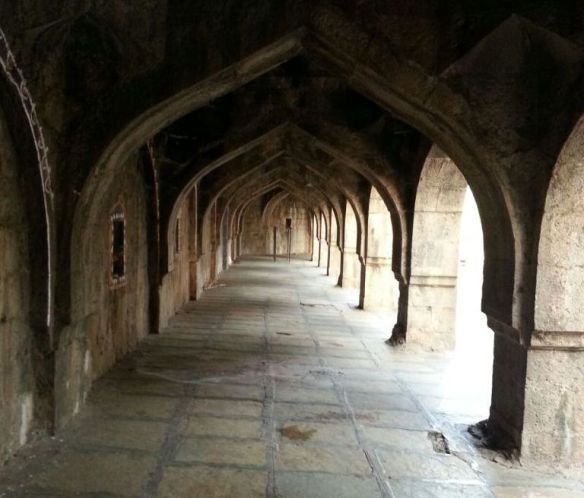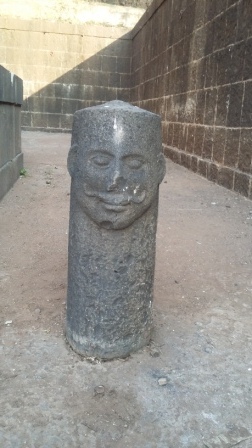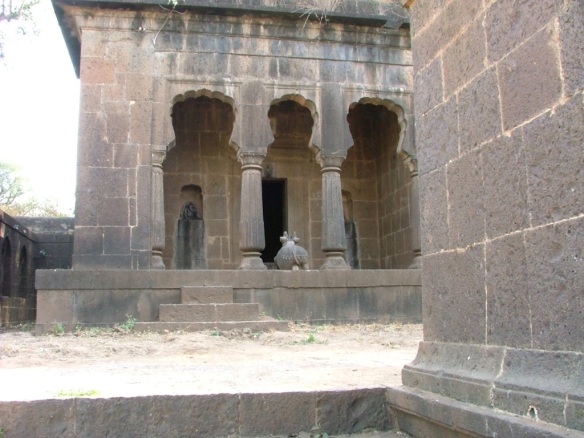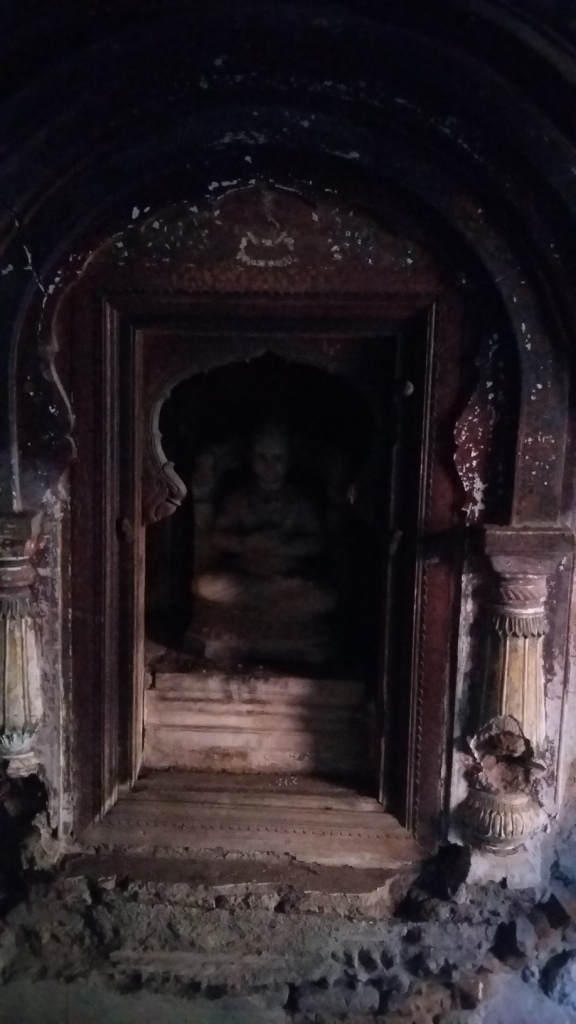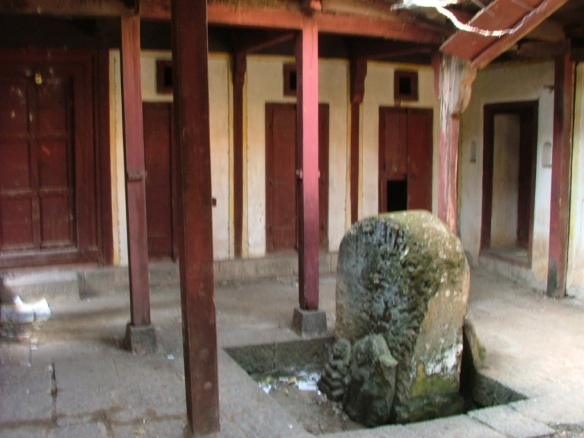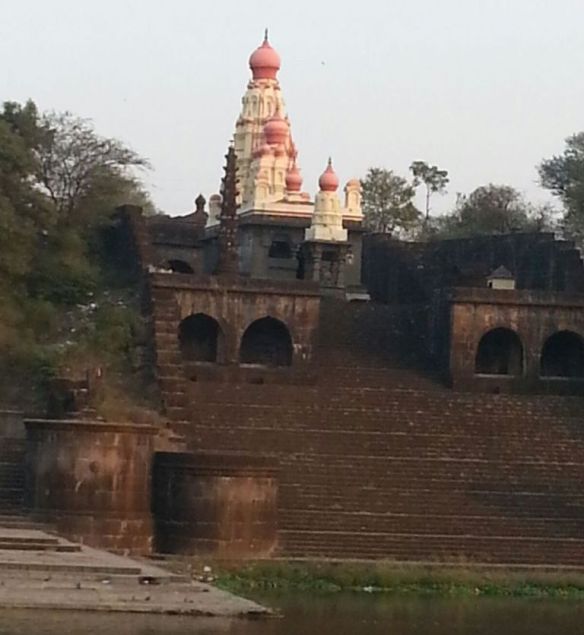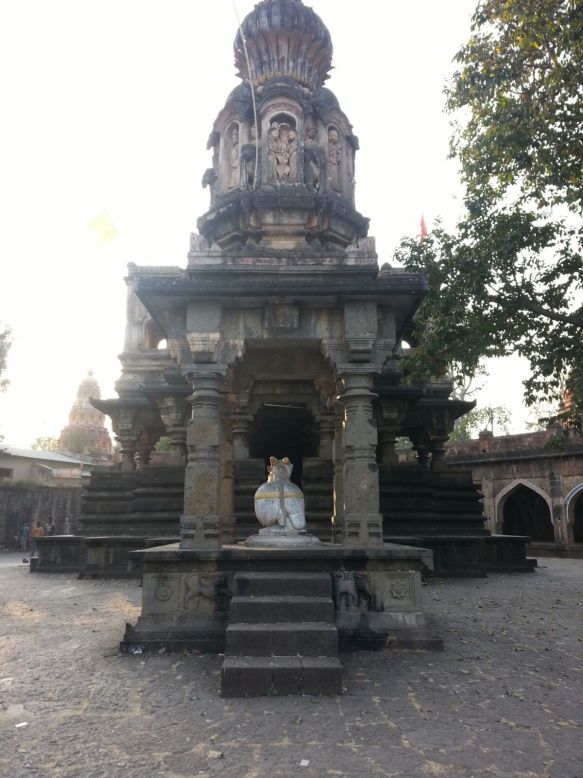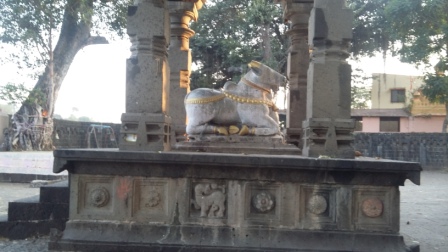
Gramsanskruti
Villages have always been an integral part of India. A few years ago most of the population was living in villages. Today due to various reasons, villages have been vacated and most of the people have moved to cities in search of jobs, education, superior infrastructure and comfort. Today the younger generation will get a glimpse of village life after visiting Gramsanskruti udyan at Pashan.
Located in Pashan at Someshwarwadi is a newly built theme park by PMC ‘Gramsanskruti Udyan’. To reach here one might take Baner road from Pune University and take a left turn at Someshwar Chowk. This park is situated just next to Someshwar temple. This theme park is a good show case of how a self sufficient village used to be.

Entrance wall of the park is nicely decorated and looks like a fortification of fort. After entering we are greeted by a beautifully decorated wall depicting different festivals celebrated even today with great enthusiasm and vigour in villages. It has wata pournima scene (Worshipping of Banyan tree) which is performed by married ladies wishing long life for their husbands, Gudhipadwa i.e. celebrating the beginning of new year as per the Hindu calendar, Nagpanchami (worshipping snakes as they are friends of farmers) and many more.

Wata Pournima( Worshipping Banyan Tree)

Nagpanchami festival

Nandi Bail
In the earlier days villages use to be self sufficient. All people’s needs were getting satisfied in the village itself. Mahatma Gandhi had the idea of self sufficient village in his mind.
In this park they have created small houses to display different professions. One can see scenes such as a doctor performing a surgery on a patient, a family asking for loan from a merchant, a tailor shop, Bangles shop (kasaar), perfumes shop, sculptor, potter, blacksmith, goldsmith, cobbler,washer-man, fortune teller etc.

Potter
There is a superb detailing in clothes, attire and hair styles which infuses life in the life less statues.

Pinjari
Different aspects have been taken care of for the houses e.g. the colours which are seen are very typical to those found in village houses and also the interior structures i.e. of wooden columns and use of frames of Gods and saints to decorate the house.

sculptors

Stone cutter_Patharwat
The utensils,furniture,ornaments of villagers, curtains, doors and even the facial expressions of the villagers all the precise details have been taken care of and altogether give a feel of being there.

Tailor

Kasaar- Bangles shop Owner
A little ahead one can see a village school which used to take place in the shadow of tree. I am sure it will make you nostalgic if you have spent your childhood in a small village.
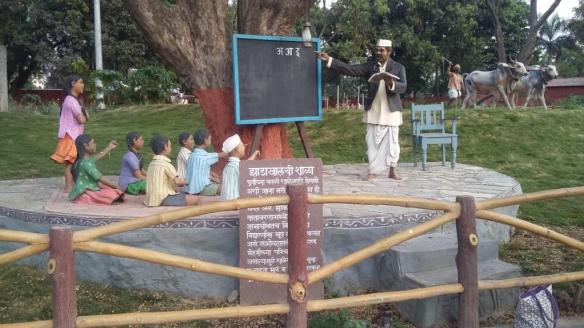
School
It also introduces concepts of farming. Agriculture is still the main occupation in India. Even today India is second in the world in the farm outputs. This park has a good display of main farming concepts like land preparation, seed selection, seed sowing and harvesting.

Farming

Farming
The next section has a replica of Patil wada. This used to be the residence of the most important person of the village. He could be called as the leader of the village and a had major role to play in dispute solving, celebrations and events. Minute details have been captured here like the entrance, sitout place for discussion and hearing complaints of villagers, inner rooms and even the cow shed.

Patil Wada exterior
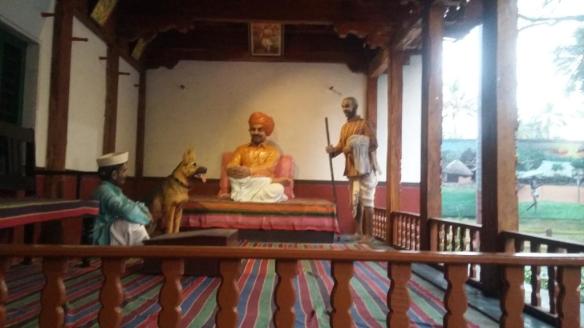
Sitout at Patil wada
When you go forward, this park has a jungle section which we did not find that impressive since we had already seen good quality detailed statues earlier.
When we speak of a village a few things come to our mind very quickly. Those are simplicity, straightforwardness, openness, naturalness, innocence and selfless help.

Wari /Palakhi celebration
Nagpanchami festival
A trip to this park will give you an inside look into the village life, barter system, Gram Panchayat and rural occupations.

Village Panchayat
One will get a nice exhibit by looking at weekly bazaar here. Weekly bazaar used to be (still it is present in villages ) an amalgamation of shopping, buying necessities, little bit of entertainment and enjoyment, amusement for kids and a good business opportunity for stalls or shop owners.

Shop keeper

Ram fight


Saree Shop
This park has been created with the efforts of about 1000 plus creators. I wonder will they ever get recognition for their fabulous work individually. Will they ever be recognized as sculptors or will they remain just mere workers?
The statues have been built with cement and concrete so they become more hard with rain and sunshine. Only some colour touch up is done yearly.

Marriage Scene
We surely get to see various facets of village and village life but I had few things which were causing a concern in my mind. Parking space is not provided separately. One has to park the vehicles in front of the gate. As the theme park will get popularity it will cause a major problem for parking. Another point was, the park has over 400 statues and all are must watch, they might provide sit-outs after some distance so that senior citizens would also be able to enjoy it properly. Also they have provided small information boards in Marathi which also could be in Hindi and English.
While leaving the park I heard a remark from one elderly lady of about 80 years that this is what she had experienced in her childhood. Does that mean the kind of lifestyle we are having now will only be seen in a theme park 100 years later?? Only time will tell…..

Quick Notes:
Location: Near Rajwada hotel Pashan, Someshwar wadi, Pune
Visiting hours : From 10:00 AM to 8:30 PM
Entrance fees: Adults Rs.50, Children (3 years to 12 years) Rs.30, foreigners Rs.150
Do visit Someshwar Temple of Peshwa era which is just next to the park.

